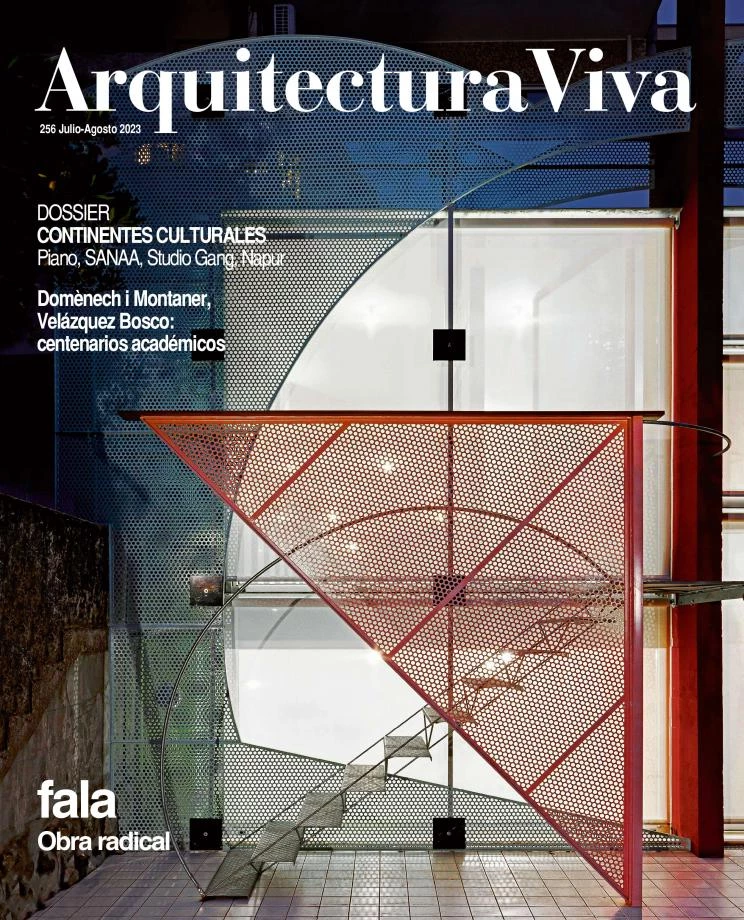
New readings inject sap into revered trunks. The British Academy and the Getty Research Institute have revisited two classics of art history, The Civilization of the Renaissance in Italy, no doubt the masterwork of Jacob Burckhardt (1818-1897), and The Shape of Time, the most popular book of George Kubler (1911-1996), giving the texts new life while taking stock of the discipline’s current interests. Stefan Bauer and Simon Ditchfield have put together the lectures of the seminar that observed the second centenary of the birth of the ‘father of cultural history’ by examining his most important work; and Thomas Reese painstakingly explores the work of the Yale professor who was his master, threaded by a theoretical book on the history of art to which he pays tribute in the title of his own volume.
Burckhardt published only three works in his lifetime, a monograph on the age of Constantine the Great, a guide to Italian art that many travelers used, Der Cicerone, and the profusely translated and reedited Die Kultur der Renaissance in Italien, which from its first printing gave him recognition as founder of cultural history, conventionally opposed to the political history associated with Ranke, and equally at odds with the great narratives of enlightened progress that Hegel had popularized. Burckhardt famously described ‘The State as a Work of Art’ but his book also deals with ‘The Development of the Individual,’ ‘The Revival of Antiquity,’ ‘The Discovery of the World and of Man,’ ‘Society and Festivals,’ and ‘Morality and Religion,’ and these six parts of the work serve as chapters for the critical studies.
Kubler wrote seventeen books, among them the syntheses of pre-Columbian art and European architecture as well as monographs like the exemplary Building the Escorial, but Reese chose a short essay on the conceptual grounds of art history, The Shape of Time: Remarks on the History of Things, published in 1962, as guiding thread for his intellectual biography. That concise ‘poetic treatise,’ the author’s most widely read and praised work, took inspiration from the Vie des formes by Henri Focillon – along with Erwin Panofsky, the key influence on the historian – and proposes a ‘fibrous bundle’ as the structure of the narrative, a formula Reese also applies in his critical synthesis.
These two volumes are not about a 19th-century Swiss historian and a 20th-century American one, nor about the histories of culture or art, but about 21st-century intellectual debates on our relationship with objects, society, and the past, and deserve to be read outside the field of historiography.








